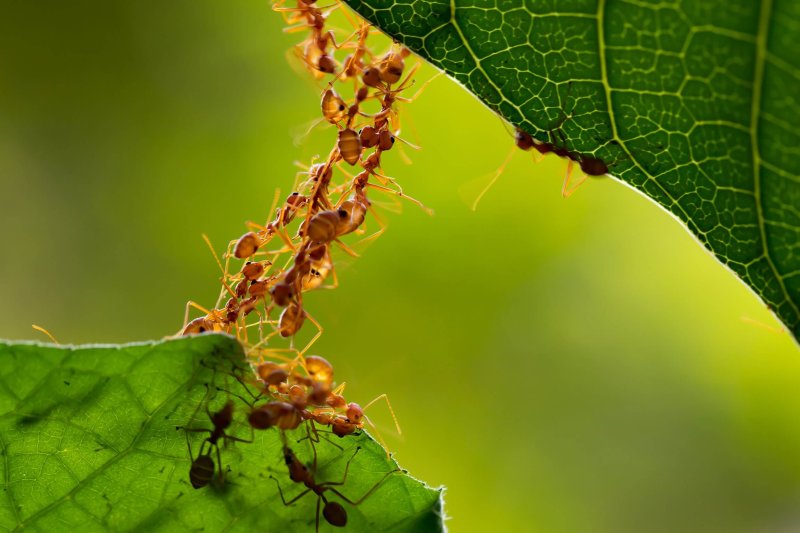Recently, geologist Casey Luskin interviewed Eric Cassell, author of Animal Algorithms: Evolution and the Mysterious Origin of Ingenious Insects (2021) on one of the central mysteries: How do animals “know” things that they can’t have figured out on their own?
Consider, for example, butterflies migrating over several generations from Canada to Mexico and back. No single butterfly makes the whole trip there or back.
How can animals do math they know nothing about? How can a great deal of information be packed into a brain with comparatively few neurons? We are slowly learning about some of that.
“It turns out, surprisingly — not just to biologists, but to those of us that are engineers as well — when you start examining some of these systems in animals, they exhibit the same kind of principles that we use in developing man-made navigation systems. My favorite example is actually a desert ant that resides in deserts in Africa. These ants actually employ several different types of navigation centers. They use a sun compass, a polarized light compass. They have an odometer, they do chemotaxis, in other words with sensing chemicals. And then they use all that information too, in an integrated manner”, [said Cassell].































